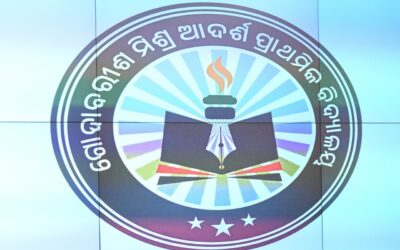Public Hearing Signals Shift Toward Community-Focused Mining in Odisha

Residents demand stronger rehabilitation, environmental safeguards as MCL’s Balabhadra coal project moves forward
Bhubaneswar : In a development that underscores Odisha’s changing approach to mining governance, the public hearing for Mahanadi Coalfields Limited’s (MCL) proposed Balabhadra open cast project concluded on Friday with affected communities emphasising fair rehabilitation and environmental protection over outright opposition. The engagement marked a notable shift toward more collaborative conversations between local residents and mining authorities in one of the state’s most critical coal-producing regions.
The hearing, held at Kumunda panchayat under the Talcher Coalfields, was chaired by Additional District Magistrate (ADM) Pratap Pritimoy and organised by Odisha State Pollution Control Board (OSPCB) regional officer Ramesh Ekka. The project, which proposes a production capacity of 10 million tonnes per year, drew participation from nearly 500 residents from five villages expected to be impacted by the expansion.
Rather than resisting the coal project, community members used the platform to call for a comprehensive and transparent rehabilitation and resettlement (R&R) package. They also demanded robust plantation drives, ongoing environmental monitoring, and initiatives to curb dust, noise, and pollution—issues long associated with coal mining in the Talcher belt.
The shift in tone reflects growing awareness among communities about how mining can be aligned with their long-term welfare, provided safeguards are firmly in place. Many participants stressed that development must not come at the cost of environmental degradation or loss of livelihoods.
Responding to the concerns, Uren Patnaik, General Manager of MCL’s Balabhadra area, assured residents that both environmental commitments and R&R obligations would be fulfilled strictly as per state and central guidelines. He noted that the company is prepared to adopt a range of mitigation measures, including green belt development, dust suppression systems, and structured rehabilitation plans.
ADM Pritimoy remarked that the hearing concluded smoothly, attributing the constructive atmosphere to the community’s focus on accountability and environmental protection rather than opposition. “People want development with safeguards. The discussion shows they are seeking responsible mining, not rejecting it,” he said.
MCL sources indicated that the company aims to commission the Balabhadra coal project by the 2027–28 fiscal year. The villages likely to face displacement include Kumunda, Hariharpur, Chitalpur, Palabida, and Banbaspur—communities already witnessing the pressures of expanding coal operations in the Talcher region, one of India’s largest coal hubs.
The Balabhadra public hearing comes at a time when Odisha is balancing rapid industrial expansion with environmental sustainability and community rights. As coal continues to play a pivotal role in powering industry and generating employment, the state is increasingly steering mining projects toward more transparent, participatory decision-making—a trend seen in recent hearings across different districts.
If implemented with clear timelines and community partnerships, the Balabhadra project could become a model for inclusive mining practices in Odisha. For now, the message from Kumunda panchayat is clear: development is welcome, but not without dignity, compensation, and environmental care.









